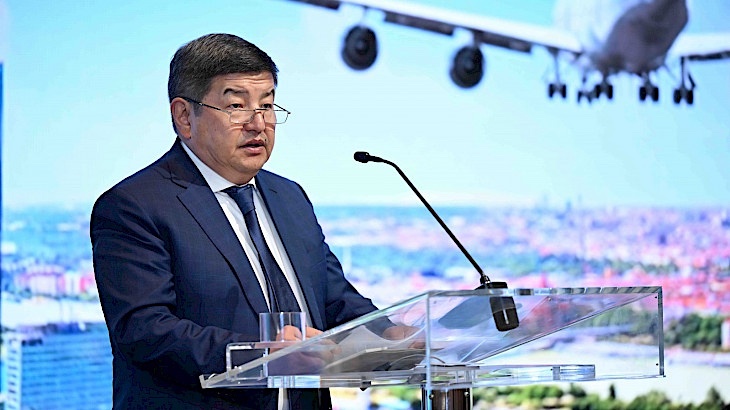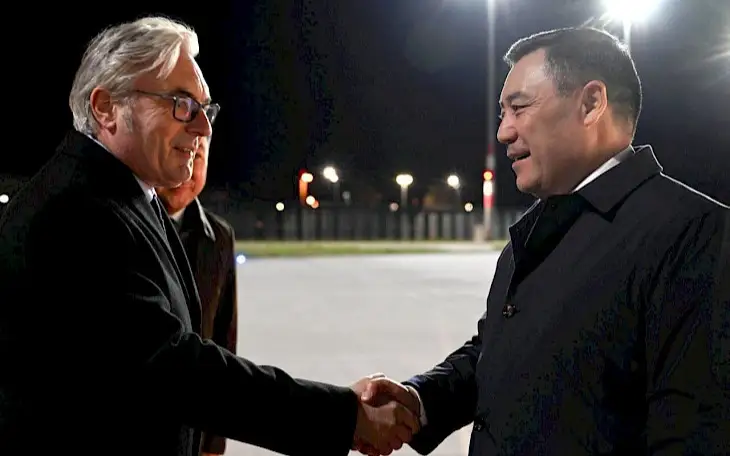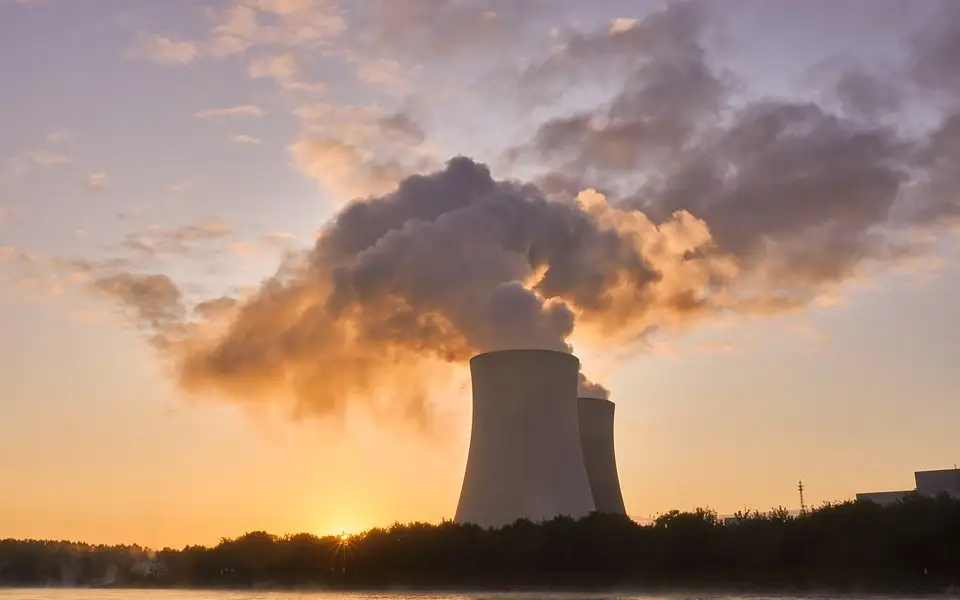The government of the Kyrgyz Republic pulled out all the stops as it presented an ambitious energy sector reform drive and showcased its $5bn flagship investment project, Kambarata-1 hydropower power plant (Kambarata-1 HPP). This mega infrastructure, once built, will increase the country’s installed power capacity by half and provide the energy to further fuel the economic boom the small Central Asian country is enjoying.

The Kyrgyz Republic Energy Forum (KREF) was held in Vienna on June 10. Organised by the Kyrgyz Government and World Bank and co-hosted by the Austrian Finance Ministry, it commenced with a video message from Krygyzstan’s President Sadyr Japarov, who took office in 2021.
Amongst the first things Japarov did as president was target the energy sector for urgent modernisation. The country’s power infrastructure has barely been touched since Soviet days. Almost two thirds of the generating capacity and transmission lines are well past their sell-by date.
At KREF in Vienna, Chairman of Kyrgyzstan’s Cabinet of Ministers Akylbek Japarov led the presentations given to the assembled international financial institutions (IFIs), development banks, private investors and Western power companies.
The top priority was to raise investment for Kambarata-1, a massive hydropower project on the Naryn river. It will have the capacity to finally solve the country’s perennial energy deficit.
“The forum will be an important step towards sustainable development and a bright beginning of the path that will lead us to a green and prosperous world,” Akylbek Japarov told delegates in his opening address.
“Let this forum open up opportunities for many successful projects and initiatives aimed at improving the quality of life and preserving the natural resources of our planet,” he added.
The forum was attended by representatives and the management of more than 200 international financial organisations, delegations from Central Asia, Europe and the Middle East as well as private investors. French energy company Electricite de France (EDF) and head of the UAE state-owned renewables energy company Masdar were present. Both are already heavily involved in the republic.
“The Kyrgyz Republic today has a high potential for energy generation. Almost all the energy generated in Kyrgyzstan is green, as it comes from hydropower. We have so far only used about 13% of our existing potential. Taking into account global challenges and trends in the development of green energy, the Cabinet of Ministers has actively begun implementing infrastructure energy projects. The strategically important large-scale project for the construction of Kambarata-1, which is important to the whole region, is also gaining a new pace of development,” Akylbek Japarov observed.
Central Asia energy coming of age
Kyrgyzstan is booming. Economic growth is running at 7-8% a year and the government’s tax revenue doubled in the last year on a combination of reforms and mushrooming trade, Japarov said.
“Average GDP amounted to 7% and accelerated to 8.8% in the first quarter of 2024,” he noted, reeling off an impressive array of macroeconomic results, including a doubling of tax revenues in the last year. He added that Moody’s rating agency recently upgraded the outlook on Kyrgyzstan’s credit rating from negative to a stable B3.
However, the nominal GDP of the country is still only $14bn, making Kyrgyzstan one of the smaller countries in Central Asia, with the region having a collective GDP of around $450bn. Nevertheless, all the macroeconomic indicators are rapidly improving, particularly inflation, which has fallen from the double digits, caused by the effects of the recent polycrisis, to 4% this year.
Japarov said the government is hoping to double the size of the economy to $30bn by 2030 – but that will take energy.
The plan is to more than double installed capacity from 3.9GW to 10GW by 2050. While Kambarata-1 will provide the necessary energy in the short to medium term, a slew of smaller HPP projects being developed in parallel, which will cost an estimated $16bn, will provide the remaining capacity.
And the power is urgently needed. The vast majority of Central Asia is taking off economically and the larger nations of the region, namely Kyrgyzstan’s neighbours Kazakhstan and Uzbekistan, have been suffering from power shortages for two years. The Kyrgyz Republic thus has the opportunity of not only solving its own energy problems, but becoming a major source of energy for the whole region, with the other countries also reforming their energy sectors to take.


